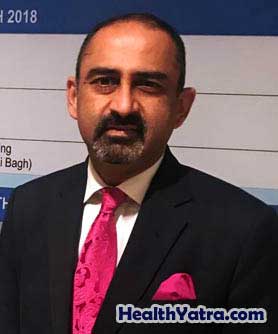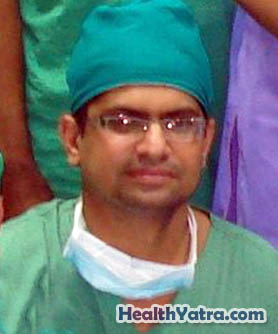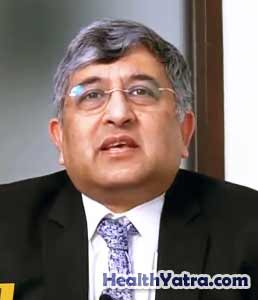In a cadaveric liver transplantation, a whole liver is harvested from a cadaver (a deceased individual). This person may have been a victim of an accident or brain injury. His/her heart is kept beating and breathing is maintained artificially by a respirator but the donor is “brain dead”. This term applies to people who have total and permanent brain damage and who therefore cannot survive. They are therefore “legally dead”. But their other organs survive as oxygen is delivered to them through their own circulation using the respirator.
Providing the patient has previously applied to donor register (or has consented to organ donation in another way) or his/her family give consent, several organs and tissues such as liver, kidneys and others can be harvested and used for other sick patients. The donor is kept in ITU until he/she is taken to theatre for the organs to be collected.
When such organs become available, the donor blood is typed and hopefully, a suitable candidate for liver transplantation is found near the top of the waiting list locally. If a candidate is found further afield, the organ is transported by road or plane providing it can be received by a transplant centre near to the intended recipient. Livers can survive for around 20 hours before being transplanted. The selection criteria for recipients are discussed in detail on the page entitled “Liver Transplantation”. However, age, sex and race of either the donor or the recipient are not taken into account.
In the UK and many other countries, the identity and circumstances of death of the deceased donor are kept confidential.
For more than 30 years, cadaveric livers have been used successfully for transplants. Until 1989, this was the only way for a patient with liver failure to receive a donor liver. However, over the past few years, living donor liver transplantation has become increasingly successful and gets round the uncertainty of waiting times for a liver from a cadaver. Problems with cadaveric liver transplantation include;
- Limited supply of donor livers as someone else has to unfortunately die before a liver can be made available,
- Uncertainty about timing of the transplant operation as there is no way to pre-empt or predict when a liver may become available,
- Problems with transporting the donated liver to a transplant centre near to the intended recipient,
- Getting the whole team together at short notice for the operation to occur. This however can be co-ordinated such that the organ is removed from the donor only when the receiving unit is ready to accept it.
- Because of national waiting lists for transplants and the distances involved in international travel, cadaveric liver transplantation is generally unsuitable for patients looking to have surgery abroad.
A fuller description of the operation, recovery and other details regarding the liver transplant itself can be found on the page entitled Liver Transplantation.












































